تیتر سه گزارش
-
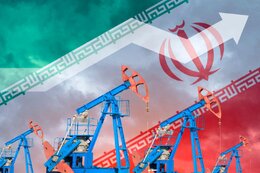
Iran’s oil sector nine-month growth surges 292%
SHANA (Tehran) – Iran’s oil sector achieved strong growth in the first nine months of the current Iranian calendar year (starting March 21, 2023), registering a 292 percent rise year-on-year.
-
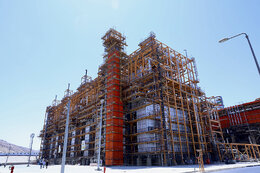
Iran petchem output capacity set to hit 110 mt/y
Iran’s petrochemical industry is a key non-oil revenue generator. Despite oil sanctions, Iranian petrochemical manufacturers have managed to find new markets and have invested in the downstream sector to earn Iran hard currency revenue. Iran’s petrochemical industry production capacity stands at 92 million tonnes a year (mt/y). So far, $85 billion have been invested in this industry. The National Petrochemical Company (NPC) plans to invest another $15 billion within two years to bring the production capacity to 110 mt/y. Hassan Abbaszadeh, NPC’s director of planning and development, told Iran Petroleum the country's petrochemical production capacity would reach 200 mt/y by the end of the 8th National Economic Development Plan.
-
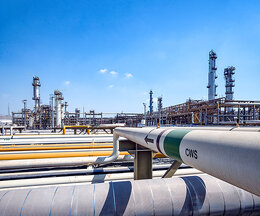
Quality upgrading at 9 refineries
Upgrading the quality of refined products has always been a key issue with treatment facilities. Currently, with about $8.72 billion investment, 13 quality upgrade projects are underway at 9 refineries, some of which will become operational by 20 March 2024. These projects are not limited to upgrading the quality of fuel produced at refineries; rather, they would include a variety of projects including reduction of heavy products’ output and launching a coke production unit at refineries. These projects have been highlighted in the 7th National Economic Development Plan.
-
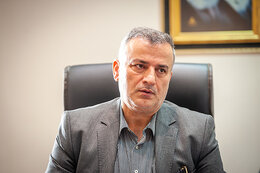
CIS potential market for Iran catalysts
Iran’s petrochemical catalyst export has grown significantly over the past two years. Petrochemical Research and Technology Company (PRTC), currently accounting for 30% of Iran’s petroleum industry catalyst, has announced that the technical know-how for 97% of the catalyst is now homegrown. Majid Daftari, the CEO of PRTC, tells “Iran Petroleum” that Iran would be able to export 1,000 tonnes of catalysts a year, noting that CIS and South American nations would be among the major buyers.
-
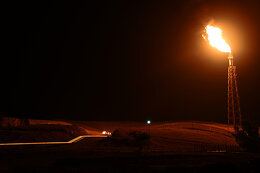
Planning to capture 2 bcf of flare gas
The Iranian Ministry of Petroleum has extensive plans for associated petroleum gas (APG) gathering. Minister of Petroleum Javad Owji has said under the 13th administration, flare gas gathering had increased from 2.3 mcm/d to 11.5 mcm/d, which would reach 18 mcm/d by next March. The ministry’s plan for gathering 2 bcf of flare gas would be carried out under five long-term plans.
-
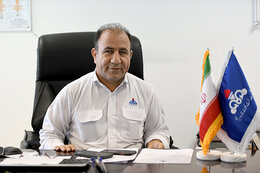
Drilling rigs repaired on Kish Island
Kish Island is a 91.5-square-kilometer island in Bandar Lengeh County, Hormozgan Province, off the southern coast of Iran in the Persian Gulf. It is 87 km from Siri Island and 225 km from Qeshm Island. Iranian Offshore Oil Company (IOOC) is in charge of oil and gas operations on Kish Island. Shahsavar Arghash, head of the Kish division of IOOC, tells “Iran Petroleum” that IOOC is for the first time repairing a drilling rig. He expressed hope that Alvand Rig would be ready in two years to allow for an output hike from the Siri oil field. The following is the full text of the interview he gave to Iran Petroleum.
-
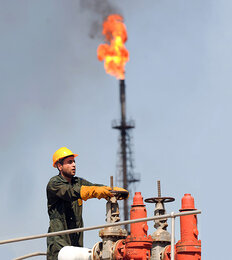
NISOC PGC up 250 tb/d
The studies conducted over the past two years at National Iranian South Oil Company (NISOC), new “planned guide capacity” (PGC) has been determined for the six reservoirs of Ahvaz Bangestan, Mansouri Bangestan, Ab Teimour, Golkhari, Balaroud, and Mansourabad Bangestan, promising a total of 250 tb/d. This amount is 7% of NISOC’s current PGC. A 250 tb/d increase in production from NISOC-run fields would bring the company’s potential output from the current 3.4 mb/d to 3.65 mb/d, which is a breakthrough for Iran’s petroleum industry. That would yield an approximate $7 billion in revenue.
-
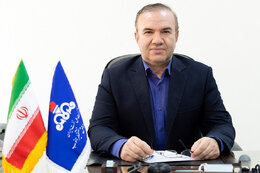
NISOC output up 47% in 2 years
Iran has managed to increase its crude oil and gas condensate exports over the past 20 months by adopting active energy diplomacy despite international sanctions against its petroleum industry. National Iranian South Oil Company (NISOC), the largest oil producer in Iran, has recently brought its output to a record 2.45 mb/d. Gholamreza Nourani, the acting director of production at NISOC, tells “Iran Petroleum” the company increased its oil production by 47% in two years.
-
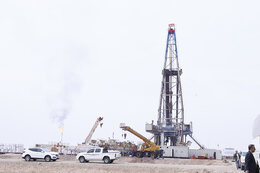
Karoun oil output set to rise
Sepehr and Jofeir oil fields, located in West Karoun, are among the independent Iranian fields in the cluster and are set to come online soon. They have been developed by Pasargad Energy Development Company (PEDC) based on an IPC deal. The 13th administration is developing both independent and shared fields as part of its plan to boost its power of haggling in global oil markets.
-
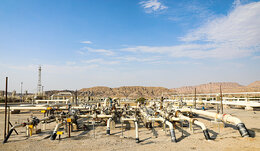
Aghar, Dey to lift gas output 7 mcm/d
South Zagros Oil and Gas Production Company (SZOGPC), affiliated with Iranian Central Oil Fields Company (ICOFC), is centered on enhancing production from the Aghar and Dey gas fields by 7 mcm/d.
-
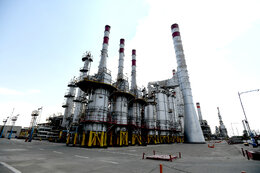
Tehran refinery to integrate petrochemical plant
The Tehran oil refinery plans to build an integrated petrochemical plant in line with the global perspective of refined petroleum products. Due to its proximity to the Iranian capital, the facility is also planning to upgrade the quality of its products by establishing a continuous catalytic reforming (CCR) unit. CCR is a chemical process that converts petroleum refinery naphtha distilled from low-octane oil into high-octane liquid products called reformates, which are premium blending stocks for high-octane gasoline.
-

New contractual framework for low-yield wells
The average output of Iranian oil wells is 1.55 tb/d. Since the bulk of oil wells in Iran have already reached the second half of their lifecycle and would continue to see their production fall, the National Iranian Oil Company (NIOC) decided in 2021 to engage local technological companies to rehabilitate shut-in and low-yield wells. Amir Moqiseh, NIOC’s deputy director of investment and business, has said rehabilitation of each well would require $1 million, adding that a new model of contract, similar to the “Iran Petroleum Contract” (IPC), has been designed for low-yield and inactive wells.
-

NIOEC rivaling foreigners in Venezuela refinery renovation
National Iranian Oil Engineering and Construction Company (NIOEC) is tasked with operating infrastructure projects in the downstream oil sector including refining, storage, transport, and distribution of crude oil and petroleum products in Iran. With more than seven decades of work in infrastructure refining, NIOEC has developed special potential in handling such projects, rendering Iran independent of foreign companies.
-
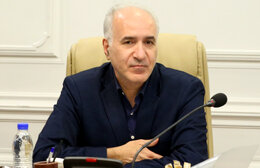
New products at Iran petchem mix
Iran has faced tough US sanctions since 2018 when the Trump administration scuppered the 2015 nuclear agreement signed between Iran and six world powers. However, official data show Iran’s petrochemical industry could not be sanctioned. Ever since the 13th administration took office two years ago, Iran has focused on expanding its ties with neighboring countries and has doubled its petrochemical exports. Hossein Ali-Morad, director of international affairs at National Petrochemical Company (NPC), tells “Iran Petroleum” that Iran’s petrochemical exports rose from 20 million tonnes in 2020 to 70 million tonnes in 2022. He said Iran had diversified its international mix of petrochemicals.
-
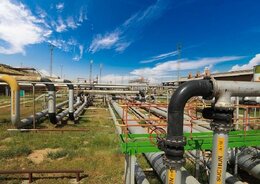
Profile: Maroun Oil and Gas Production Company (MOGPC)
Hydrocarbon reservoirs administered by Maroun Oil and Gas Production Company (MOGPC) include the Asmari and Bangestan reservoirs of Maroun, the Asmari and Bangestan reservoirs of Kupal, the Bangestan reservoir of Shadegan and a Khami reservoir shared by Maroun, Kupal, and Shadegan fields. So far, 528 wells have been drilled in the six reservoirs while according to a production plan, MOGPC is proceeding with output hike measures up to the end of the current calendar year by carrying out development and workover activities. In light of the annulment of the mandatory output decline, MOGPC would be delivering about 75% of its oil production to domestic refineries with the rest destined for export. However, the decline in production levels is not ruled out due to overhaul programs.
-
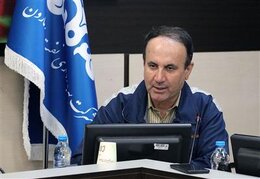
MOGPC owns sophisticated-cum-attractive oil reservoir
Maroun Oil and Gas Production Company (MOGPC) is among the leading Iranian companies with the capacity to produce more than 620 tb/d of oil. Qobad Nasseri, CEO of MOGPC, tells “Iran Petroleum” the company would add 30 kb/d to its output capacity by next March. He also said that the Maroun reservoir was one of the most sophisticated and attractive reservoirs in the world, requiring cutting-edge technology and investment. Nasseri said foreign companies would be welcome to cooperate in developing the Khami, Amsari, and Bangestan layers of the Maroun field, promising a good rate of return on investment. The following is the text of Iran Petroleum’s interview with Nasseri.
-
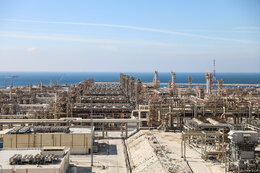
South Pars Gas Complex turns 25
SHANA (Tehran) – The South Pars Gas Complex (SPGC), an affiliate of the National Iranian Gas Company (NIGC), was established on October 20, 1998 to operate onshore facilities of phases of the South Pars gas field.
-
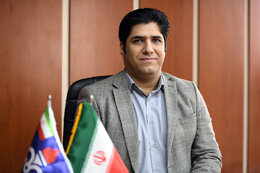
Resalat poised for 50% output hike
The Resalat oil field was damaged twice under Iraqi oil strikes during the 1980-1988 war. It is now set for two-phase development that would see its production increase from 5 tb/d to 38 tb/d. Pouya Ma’arefi, Resalat developer at Iranian Offshore Oil Company (IOOC), tells “Iran Petroleum” the oil field would see its output increase 50% by next March. Phase 1 is expected to treble the Resalat output while Phase 2 eyes a sevenfold increase in its output. Ma’arefi also said water injection and gas lift would help preserve Resalat’s output levels.
-
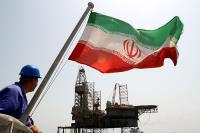
Sweetened oil contract terms for foreign investors
A committee assigned by Iran’s Ministry of Petroleum has developed a new generation of oil contracts intending to provide local and foreign investors in Iran’s petroleum industry with attractive terms and conditions. To that end, while upgrading the country’s standing within the Organization of the Petroleum Exporting Countries (OPEC) and global oil and gas markets in the long term, the Ministry of Petroleum is striving to prepare the ground for the development, exploration, and exploitation of oil and gas fields. Minister of Petroleum Javad Owji has said Iran would be open to any foreign investment in the petroleum industry.
-
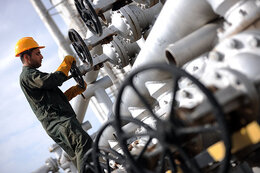
All NISOC wells ready for production
Iran’s oil production level stood at roughly 2.2 mb/d in 2021, before the 13th administration took office. It recently rose to 3.1 mb/d. National Iranian South Oil Company (NISOC) is the main oil supplier in Iran, accounting for 75% of the country’s oil production. Alireza Daneshi, CEO of NISOC, puts the company’s oil production at 2.94 mb/d, which is planned to reach 2.97 mb/d by the end of the current calendar year in March 2024. Owing to measures taken over the past two years, NISOC is now able to bring its production to 2.8 mb/d in 45 days.
-
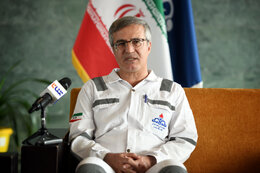
South Pars gas field production capacity to top 730 mcm/d next winter: POGC CEO
SHANA (Tehran) – The Pars Oil and Gas Company (POGC) managing director said Iran’s gas production capacity in the South Pars field will exceed 730 million cubic meters per day (mcm/d) next winter.
-
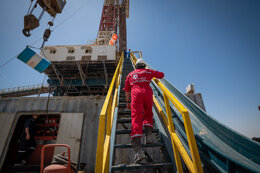
Iran MPs praise Oil Ministry for taking firm steps toward energy diplomacy promotion
SHANA (Tehran) – A number of Iranian lawmakers have hailed the Oil Ministry’s successful performance and its move toward reviving energy diplomacy.
-
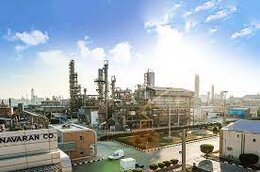
Petchem value chain completion easy task
Completing the value chain of the petrochemical industry is crucial for Iran. From the standpoint of value creation, it would be possible to enhance national revenue by supplying petrochemical products of high value-added. On the other hand, it would be possible to develop the petrochemical industry to end dependence on imports for supplying domestic needs, which would in turn reduce dependence on crude oil and natural gas sales. The petrochemical projects operated under the 13th administration are all aimed at value chain completion. Implementation of these projects would result in the supply of 21 products in line with the value chain completion. National Petrochemical Company (NPC) expects to accelerate implementation of these projects by engaging holdings and investors.
-
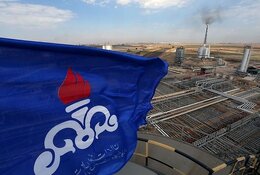
Iran, potential key player in oil market
Petroleum industry is a key sector in the Iranian economy. Iran has been trying its best to benefit from its giant hydrocarbon resources to realize its objectives set out in its development plans. Along with sustainable oil and gas production, Iran been instrumental in global energy supply. It may not be eliminated from global energy trading as it continues to play an effective role in this sector.
-
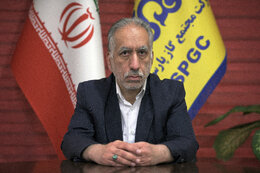
SPGC value chain completed
South Pars refineries have processed over 2,030 bcm of natural gas during the past 26 years. South Pars Gas Complex (SPGC) has been supplying more than 75% of Iran’s gas needs, thereby playing an instrumental role in national economy. Ahmad Bahoush, CEO of SPGC, tells “Iran Petroleum” the gas complex plans to sell flare gas.
-
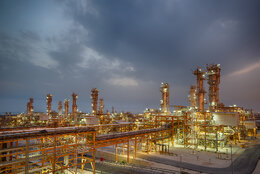
Potential for cooperation with CIS
Mehdi Seyedi, acting head of the Ministry of Petroleum’s Europe, Americas and CIS Affairs Division, has said that Research Institute of Petroleum Industry (RIPI) engineers and specialists have contributed to $200 million commercialization and development of new oil and gas technologies.
-
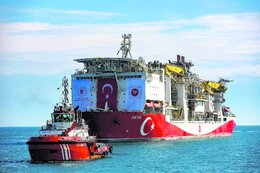
Turkey economy and energy exploration
Turkey has made major energy finds over recent years thanks to exploration technology. It has discovered huge natural gas and crude oil reserves off the North Sea and the East Mediterranean. That can have a significant impact on the Turkish economy because this country, which has been known as an importer of oil and gas, can now transform its internal and external economy. Of course, in the meantime, Turkey is faced with problems and challenges with regard to extracting and exploiting its energy resources.
-
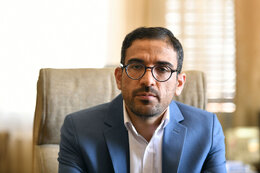
Iran seeks to sweeten oil/gas deal terms
The Iranian Ministry of Petroleum has adopted a new plan to sweeten terms of oil and gas contracts. Potential contractors can now file demand for exploration and production (E&P) license to develop oil and gas fields. Until recently, such licenses were granted exclusively to National Iranian Oil Company (NIOC), but now qualified E&P companies would be granted license. The advantage with this new policy is that the procedure is reduced and companies receiving such licenses might no longer need to sign any contract. Iran’s deputy minister of petroleum for supervision on hydrocarbon resources, Sajjad Khalili, tells Iran Petroleum E&P license would make the upstream oil sector attractive to potential investors.
-
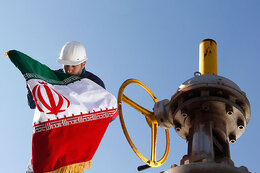
EI report shows 4.6% rise in Iran oil output
SHANA (Tehran) – The Energy Institute (EI) Statistical Review of World Energy published on Monday showed a 4.6 percent increase in Iran’s oil production in 2022.
-
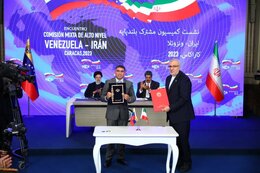
Active diplomacy causes Iran-Venezuela oil trade to rise to $4b
SHANA (Tehran) – The active diplomacy of Iran’s Ministry of Petroleum and the effective measures carried out by the 13th (incumbent) administration have led to an exponential increase in Iran-Venezuela cooperation in the oil industry, causing the two countries’ oil trade in the past 20 months to hit $4 billion.